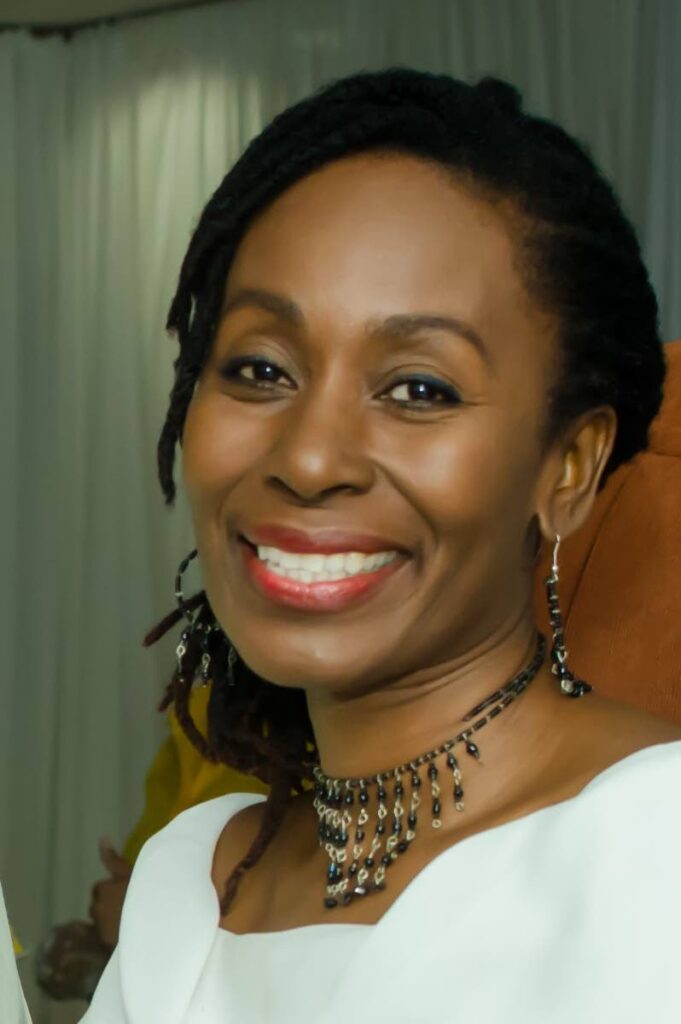The fight for cultural identity

Culture Matters
DARA E HEALY
“…on V-E Day…Masqueraders were yelling themselves hoarse. All over the main thoroughfares of the city they screamed out the calypso: ‘It’s your moustache we want, Hitler – you Nazi dictator!’ Also dominating the celebrations was another of the popular calypsoes of the time: All day, all night, Mary Ann. The year was to begin an era marked by turmoil in the colonies, which was nothing less than the beginning of the fight for political freedom.”
– Michael Anthony, Port of Spain in a World at War
THe year 1945 WAS a volatile and complicated one. The end of the Second World War naturally gave many a reason to celebrate. In TT, the sounds of steelpan erupted onto the streets for the first time after much frustration over the banning of Carnival from 1942-1945.
The steelband fraternity did not agree with the cessation of cultural activities because of the war, so they continued to develop the pan and play whenever possible.
This sparked considerable resentment amongst the social elite. One magistrate declared that the “drum beating has definitely got to stop,” while a distinguished "Creole" barrister recommended that pan players should be taught “how to express themselves musically.”
That same year, Lord Kitchener would also feel the wrath of the censors, despite being one of the rising stars of the new calypso tent House of Lords. Yankee Sufferers, his commentary on the social havoc caused by the presence of American soldiers, was banned.
Supposedly, it upset the sensibilities of our US allies by making a link between American soldiers and the economic survival of prostitutes: “…now the war is over/Trinidad getting harder/Some of the young girls bawling for murder/…no more Yankee dollars they spending…” Four other calypsoes were banned for reasons spanning indecency and taboo subjects.
Calypsonians focused on other critical issues. The global military conflict highlighted the racist treatment of soldiers of African heritage and the social inequities created by racist policies in the Caribbean and elsewhere under colonial rule. Many servicemen returned from war disillusioned, questioning their loyalty to an empire that did not return the sentiment.
Their calls echoed those of Uriah Butler, who led the 1937 labour uprisings for better wages and working conditions. When Butler was released from prison in 1945, he took to the streets and immediately began planning his next stage of social agitation.
The convening of the 5th Pan African conference in Manchester in 1945 was crucial to the international conversation about identity and freedom from oppressive colonial rule. Contributions were made by noted pan-African voices such as Jomo Kenyatta, Kwame Nkrumah, Amy Ashwood Garvey and TT national George Padmore, under the chairmanship of WEB Du Bois, famed African American civil rights leader.
Some calypsonians attempted to enter the conversation about identity by singing about African spirituality, even though practising the Orisha belief system, Spiritual Shouter Baptist religion, bongo and other forms of African culture and spiritual expression were banned. Unfortunately, in hindsight, many did not appear to have the ideological clarity or information to craft songs to effectively shift negative attitudes of the time. Indeed, some reinforced such stereotypes.
Those years also witnessed the beginnings of Beryl McBurnie’s Little Carib Theatre in Woodbrook, then described as “a small rickety wooden shack,” constantly under threat of being pulled down by the authorities. The Royal Victoria Institute became the National Museum to better serve the national interest. And a grand celebration of the 100th anniversary of the arrival of East Indians took place in Skinner Park.
On this International Day in Remembrance of the Victims of Slavery and the Transatlantic Slave Trade, I honour the millions of souls who perished during that brutal period. My thoughts also go to our indigenous peoples who endured disease, spiritual abuse and genocide and our East Indian community who suffered tremendous indignities as indentured workers.
Our nation is fragile, but we are grounded in diverse ancestral legacies that make us strong. Perhaps even more potent is our culture, the thread that connects us. From calypso to kuchipudi, from soca to gatka, limbo and blue devils, from chutney to Auntie Beryl’s broom dance, Gang Gang Sara, parang, stickfight and pan – we already have most, if not all the ingredients for a unified, stronger nation.
We may yet escape the horrors of another world war, but should heed the lessons of the past to ensure peace within our own shores.
Dara E Healy is a performance artist and founder of the Indigenous Creative Arts Network – ICAN

Comments
"The fight for cultural identity"